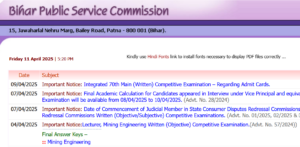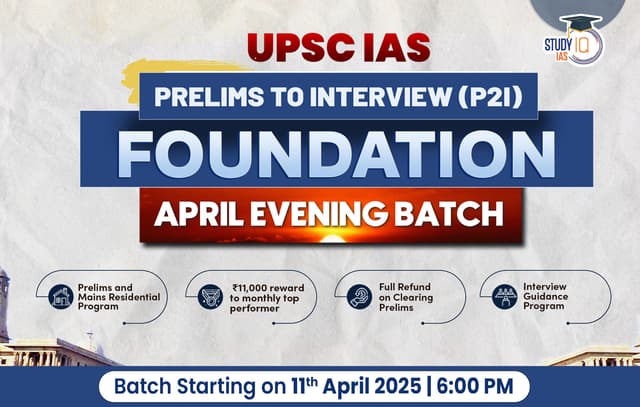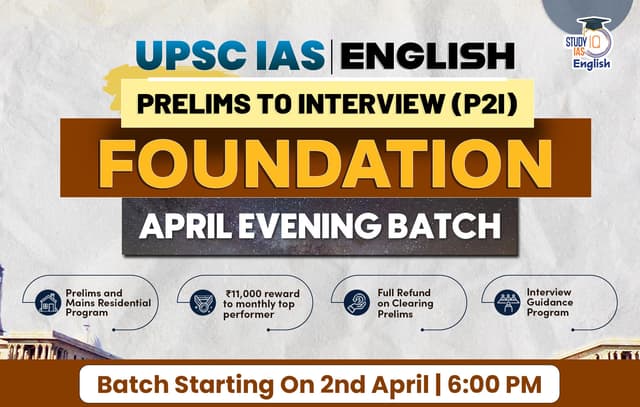Table of Contents
The period between 1747 and 1767 was marked by intense power struggles in Punjab, with Afghan invasions, internal conflicts, and the emergence of the Sikhs as a dominant force. This era witnessed multiple battles, betrayals, and shifting allegiances, ultimately leading to the decline of Mughal influence and the rise of Sikh sovereignty in Punjab.
Civil War in Punjab and the Early Afghan Invasions (1746-1748)
After the defeat of Lakhpat Rai, Punjab was engulfed in civil strife between Yahiya Khan and his brother Shah Nawaz. Though Shah Nawaz emerged victorious and took over as Governor of Punjab, the Delhi Royal Court did not recognize his authority. Seeking to solidify his power, he invited Ahmad Shah Abdali, the ruler of Afghanistan, to invade Delhi.
However, before Abdali could attack, the Delhi court officially recognized Shah Nawaz as the legitimate Governor. As a result, Shah Nawaz resisted Abdali’s forces, but he was defeated, and Lahore fell to the Afghans in 1748.
Abdali then advanced toward Delhi but faced resistance from the Mughal forces led by Wazir Qamar-ud-Din. Though the Mughals won, Qamar-ud-Din was killed. His son, Mir Mannu, later defeated Abdali and forced him to retreat to Kabul.
| Key Events (1746-1748) | Details |
| Civil war in Punjab | Shah Nawaz defeated his brother Yahiya Khan and became Governor |
| Ahmad Shah Abdali’s first invasion (1748) | Lahore was captured, but his advance towards Delhi was halted |
| Mughal victory | Mir Mannu, son of Wazir Qamar-ud-Din, defeated Abdali and forced him to retreat |
Rise of Dal Khalsa and Sikh Resurgence (1748-1753)
With Abdali temporarily driven back, the Sikhs found a brief period of stability, which allowed them to reorganize. By 1748, the Sikh Jathas (bands of warriors) had grown significantly, necessitating the formation of a centralized force known as Dal Khalsa.
Jassa Singh Ahluwalia was chosen as its supreme commander, and the fort of Ram Rouni was constructed at Ramsar. Dal Khalsa was formed primarily for:
- Countering Mughal oppression
- Defending against Afghan invasions
| Development of Dal Khalsa | Significance |
| Formation in 1748 | Unified Sikh resistance against Mughals and Afghans |
| Jassa Singh Ahluwalia appointed leader | Strengthened Sikh military leadership |
| Construction of Ram Rouni fort | Provided a strategic stronghold for the Sikhs |
Meanwhile, Mir Mannu took control of Punjab and resumed Mughal persecution of the Sikhs. However, Abdali invaded Punjab again in 1749 and 1751-52, demanding revenue from the Char Mahal territory (earlier taken by Nadir Shah). Though Mir Mannu resisted, the Delhi court surrendered the territory without a fight. Abdali then defeated Mir Mannu in 1751-52, annexing Punjab and Kashmir into his Afghan kingdom.
Impressed by his bravery, Abdali reinstated Mir Mannu as Governor, but he continued oppressing the Sikhs until his death in 1753. This created a power vacuum in Punjab, which Abdali exploited for his fourth invasion (1756).
Afghan Dominance and Sikh Resistance (1756-1761)
Ahmad Shah Abdali’s fourth invasion (1756) resulted in the capture of Lahore and his advance into Delhi, where he looted the Mughal capital, along with Mathura, Vrindavan, and Agra. However, a cholera outbreak among his forces forced him to return to Kabul, leaving his son, Timur Shah Durrani, as Governor of Lahore.
Timur faced stiff resistance from the Sikhs, who had become increasingly powerful. Though he initially defeated them in battle near Amritsar, their secret alliance with Adina Beg (Faujdar of Jullundur Doab) led to his downfall. Adina Beg also invited the Marathas for assistance, promising them control over Punjab.
In 1758, the combined forces of Sikhs, Adina Beg, and Marathas defeated Timur Shah, forcing him to retreat to Kabul. However, Abdali returned in 1759 for his fifth invasion, easily reclaiming Punjab before advancing toward Delhi.
| Key Events (1756-1761) | Details |
| Abdali’s Fourth Invasion (1756) | Captured Lahore, plundered Delhi, and left Timur Shah as Governor |
| Sikh resistance and Maratha intervention (1758) | Sikhs, Marathas, and Adina Beg expelled Timur Shah from Punjab |
| Abdali’s Fifth Invasion (1759) | Reclaimed Punjab and prepared for a decisive battle against the Marathas |
The conflict culminated in the Third Battle of Panipat (1761) on 14th January 1761, where Abdali, supported by Najib-ud-Daulah (Rohilla Chief) and Shuja-ud-Daulah (Nawab of Awadh), decisively defeated the Marathas led by Sadashiv Bhau. This battle ended Maratha influence in North India, but it also drained Abdali’s resources.
Sikh Resurgence and Wadda Ghallughara (1762)
After Panipat, Abdali’s exhausted forces failed to control Punjab effectively. The Sikhs took advantage of this weakness, raiding Afghan convoys returning from Panipat and expelling Abdali’s officials from Lahore. Enraged, Abdali launched his sixth invasion in 1762 to crush the Sikhs.
On 5th February 1762, Abdali launched a surprise attack on the Sikhs stationed at Kup-Rohira (near Malerkotla). The Sikhs, led by Jassa Singh Ahluwalia, fought bravely but suffered devastating losses.
- 25,000-30,000 Sikhs, including women and children, were massacred
- The Sikh scripture, Adi Granth, was reportedly lost
This massacre, known as Wadda Ghallughara (The Great Holocaust of 1762), was a turning point. Before leaving for Kabul, Abdali destroyed the Harmandir Sahib (Golden Temple) in Amritsar.
| Key Events (1762) | Details |
| Wadda Ghallughara (Feb 5, 1762) | Massacre of 25,000-30,000 Sikhs at Kup-Rohira |
| Destruction of Harmandir Sahib | Symbolic attack on Sikh religious identity |
Sikh Payback and Final Struggle (1764-1767)
Despite the massacre, Sikh morale remained unbroken. In 1762, they regrouped and vowed to take revenge. They:
- Killed Zain Khan (Subedar of Sirhind) and the Nawab of Malerkotla
- Regained control of Lahore and most of Punjab by the end of the decade
Abdali, furious at their resurgence, invaded Punjab twice more (1764 and 1767), but age and internal Afghan troubles weakened him. He failed to eliminate the Sikhs, who had become an unstoppable force.
The Rise of Sikh Power
The period between 1747-1767 was one of immense struggle, with Mughals, Afghans, Sikhs, and Marathas vying for control over Punjab. However, the Sikhs, despite facing repeated massacres, demonstrated unmatched resilience and military skill.
By the end of the 1760s, Punjab was firmly under Sikh control, and Ahmad Shah Abdali’s attempts to suppress them had failed. The foundation for the Sikh Empire was laid, marking the beginning of an era where Punjab was ruled by the Khalsa rather than foreign invaders.
| Punjab PCS Important Links | ||
| Punjab PCS Notification | Punjab PCS Apply Online | Punjab PCS Syllabus |
| PPSC Eligibility Criteria | PPSC PYQ | Punjab PCS Notes |


 India to sign deal to buy 26 Rafale-M Fi...
India to sign deal to buy 26 Rafale-M Fi...
 70th BPSC Admit Card For Mains to be Rel...
70th BPSC Admit Card For Mains to be Rel...
 Repo Rate and Reverse Repo Rate, Impact ...
Repo Rate and Reverse Repo Rate, Impact ...





















